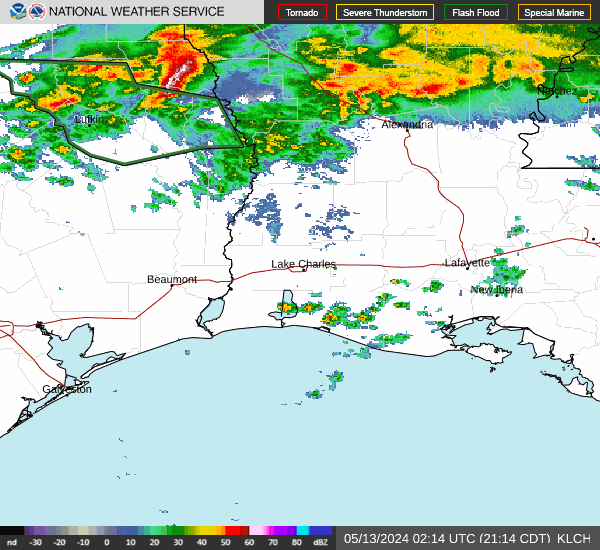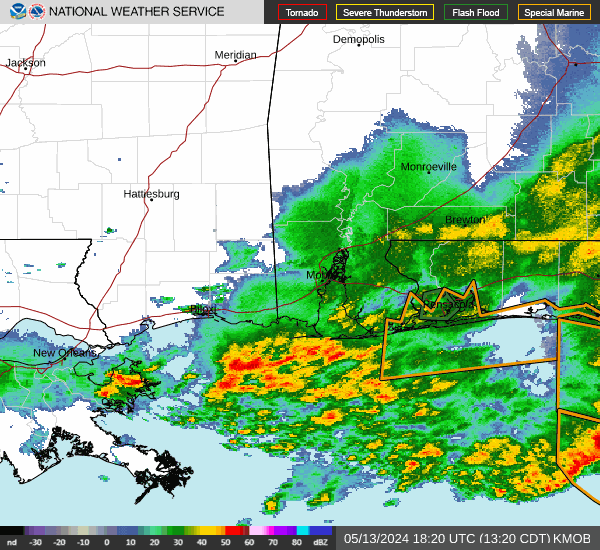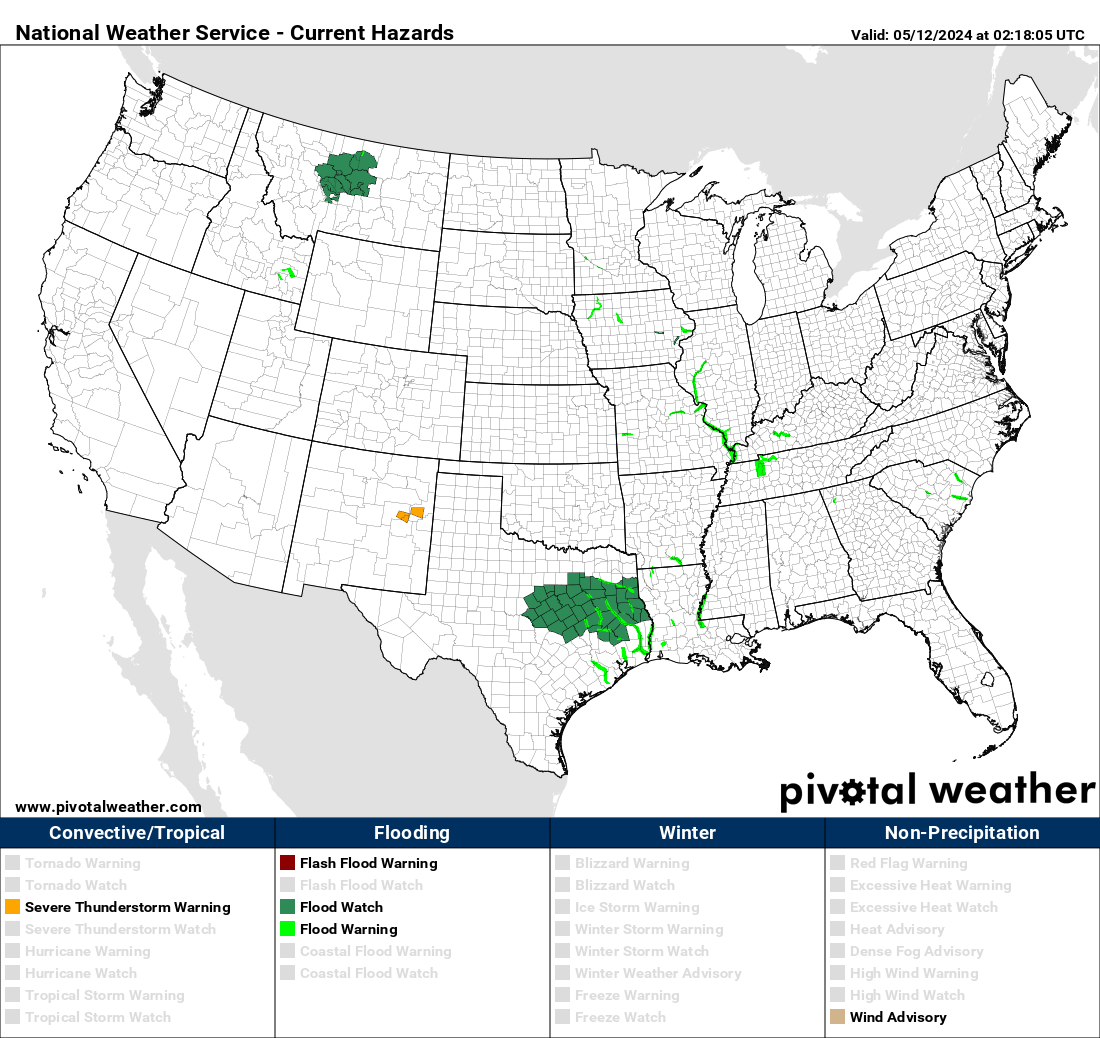Post by Deleted on Nov 20, 2014 14:18:09 GMT -6
I think this is the best forum to have the ENSO updates as is general weather that is affected by ENSO whatever status it may be.
Here is the Climate Prediction Center update of 11/20/14 that has a 75% chance of El Nino by Winter but the strength will not be a strong one and the duration may not be too long. Time will tell about all of that.
Recent and Current Conditions
The SST anomaly in the NINO3.4 region has hovered near or just below the threshold of the level required for El Niño level, beginning in early November the weekly SST anomalies have started exceeded it. For October the average NINO3.4 SST anomaly was 0.49 C, indicative of borderline Niño conditions, and for Aug-Oct it was 0.38 C. The IRI’s definition of El Niño, like NOAA/Climate Prediction Center’s, requires that the SST anomaly in the Nino3.4 region (5S-5N; 170W-120W) exceed 0.5 C. Similarly, for La Niña, the anomaly must be -0.5 C or less. The climatological probabilities for La Niña, neutral, and El Niño conditions vary seasonally, and are shown in a table at the bottom of this page for each 3-month season. The most recent weekly SST anomaly in the Nino3.4 region was 0.8 C, in the category of weak El Niño for SST. However, accompanying this SST is an atmospheric pattern with inadequate indication of an El Niño-like pattern–very weak westerly low-level wind anomalies and no positive anomalies of convection near the dateline. Some indicators, however, such as the Southern Oscillation Index (SOI), have recently assumed values indicative of weak El Niño, and the upper level wind anomalies are also showing El Niño-indicative enhanced easterlies.
Expected Conditions
What is the outlook for the ENSO status going forward? The most recent official diagnosis and outlook was issued earlier this month in the NOAA/Climate Prediction Center ENSO Diagnostic Discussion, produced jointly by CPC and IRI; it called for a 58% likelihood for a transition from neutral ENSO conditions to El Niño conditions during the remainder of fall 2014 now in progress, and into winter. The latest set of model ENSO predictions, from mid-November, now available in the IRI/CPC ENSO prediction plume, is discussed below. Currently, Nino3.4 SST anomalies are about 0.8C, above the 0.5C threshold for weak El Niño. Subsurface temperature anomalies across the eastern equatorial Pacific have remained somewhat above average, and in fact increased slightly during the last few weeks. In the atmosphere, the basin-wide sea level pressure pattern (e.g. the SOI) has recently exceeded the threshold of -10 for a weak El Niño. However, other atmospheric parameters continue to reflect neutral or warm-neutral ENSO conditions: Weak anomalous low-level westerlies have appeared at times during October and early November but have not been sustained or particularly strong. Upper level anomalous westerlies are also being observed over parts of the central equatorial Pacific. Anomalous convection (as measured by OLR) has been near average, or even below average, near and eastward of the dateline, and over much of Indonesia, and enhanced in a portions of the far western tropical Pacific. Together, the oceanic and atmospheric features currently reflect a warmish but neutral ENSO condition, despite the weak El Niño status of the SST during the last few weeks.
As of mid-November, none of the dynamical or statistical models models predicts La Niña SST conditions for the initial Nov-Jan 2014-15 season, 88% predicts El Niño conditions, and 12% indicates neutral ENSO. At lead times of 3 or more months into the future, statistical and dynamical models that incorporate information about the ocean’s observed subsurface thermal structure generally exhibit higher predictive skill than those that do not. For the Feb-Apr 2015 season, among models that do use subsurface temperature information, 19% predicts ENSO-neutral SSTs, 81% predicts El Niño conditions and none predicts La Niña conditions. For all model types, the probability for neutral ENSO conditions is 20% or below between Nov-Jan 2014-15 through Jan-Mar, and 30% or below through Jun-Aug 2015. Probabilities for El Niño rise are 80-88% between Nov-Jan 2014-15 through Jan-Mar, and at least 70% out to May-July 2015. No model predicts La Niña conditions for any of the 3-month periods between Nov-Jan 2014-15 and Jul-Sep 2015.
iri.columbia.edu/our-expertise/climate/forecasts/enso/current/?enso_tab=enso-iri_update


















